Use these tables of hazards, risks and control measures associated with field work to complete a field safety plan and decide on Go/No-Go criteria. These tables are by no means comprehensive and are meant only for guidance. It may be necessary to edit the information to ensure that it is relevant to the work being carried out and to the participants. Note that the "Environment" section encompasses risks from the environment to the individual. It is also important to include risks to the environment. Such risks and associated control measures may be included under "Other Hazards".
This is the most frequently accessed page for the program! Contact field@ehs.ucsb.edu with suggestions for improvement.
Adapted from the University College London Department of Geography
Use the Index Below to Navigate Throughout This Page
Environment
Weather / Climate
Terrain
Location
District / Neighborhood
Animals
Pollution
Manual Handling
Chemical / Biological
Reagents
Agro-chemicals
Pathogens
Plants
Working Near Water
Lone / Out of Hours Working
Dealing with the Public
Other People's Homes
Unexpected Behavior
Dealing with Strangers
Public Places
Attitudes Towards Protected Characteristics
(LGBTQ/Gender/Age)
Environment
Weather/Climate
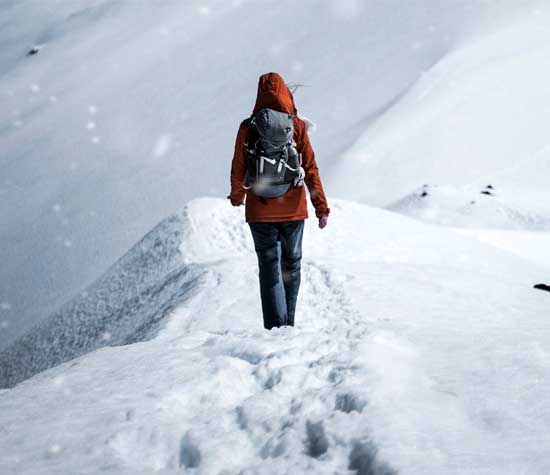
| RISKS | ASSOCIATED CONTROL MEASURES |
| Miscellaneous |
|
| Hypothermia - This results from dangerous loss of body heat. The main land based cause is wind chill, through inadequate clothing. Immersion in cold water can rapidly lead to hypothermia. |
|
| Frostbite - This results from lack of circulation in the extremities caused by severe cold. It is most common when hands or feet are wet. High altitude can exaggerate the problem as circulation tends to be less efficient in these environments. |
|
| Poor Visibility - This can be due to driving rain, snow etc. or fog. Working at dawn or dusk can also lead to visibility problems. |
|
| Sunburn - This can occur even in cold conditions, especially where there is reflected light - e.g. close to or on water, at high altitude, in snowy conditions. Any exposed area of the skin is susceptible (face and hands). |
|
| Dehydration - This can occur in hot or cold weather - wind can be a contributing factor. |
|
| Heat stroke/heat exhaustion - These are due to the body over heating and are often accompanied by dehydration. |
|
Terrain
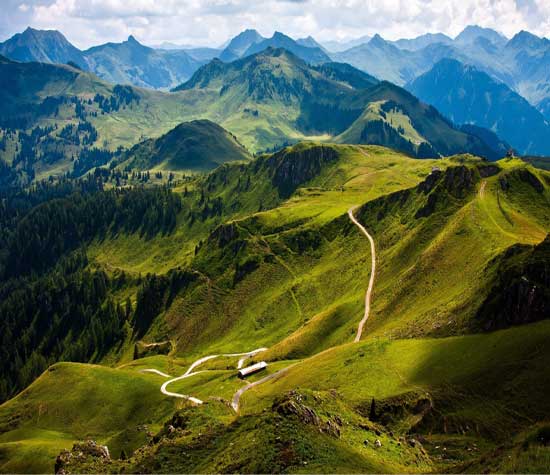
| TERRAIN TYPES | RISKS | ASSOCIATED CONTROL MEASURES |
| General | Slips, trips and falls - Due to "wrong footing" on uneven or wet/slippery ground. |
|
| Back and neck injuries- Due to jarring spine etc. This can also lead to skull fractures. |
|
|
| Agricultural Land | Slips, trips and falls |
|
| Breaks and sprains |
|
|
| Risk of personal injury caused by boundary fences - electric fences, Barbed wire, hedges etc. |
|
|
|
Heathland, Moorland and Mountains |
Slips, trips and falls |
|
|
|
Breaks and sprains |
|
|
|
Altitude sickness, low oxygen levels - Be aware that when working at high altitude Oxygen levels are lower and you will tire quickly. |
|
| Beaches and Cliffs | Falls |
|
| Slips and trips |
|
|
| Drowning/cut off by tide |
|
|
| Mudflats and Estuaries | Slips, trips and falls |
|
| Sinking/drowning |
|
Location

| RISKS | ASSOCIATED CONTROL MEASURES |
| Risk of causing offense which may lead to personal attack/abuse |
|
| War/Military action |
|
| Working within other establishments, businesses, laboratories etc. |
|
| Working beside major roads |
|
District / Neighborhood

| RISKS | ASSOCIATED CONTROL MEASURES |
| Risk of attack/abuse and personal injury |
|
| Risk of getting lost - this may lead to straying into high risk areas. |
|
Animals

| RISKS | ASSOCIATED CONTROL MEASURES |
| Personal injury and attack by Livestock or "Domesticated" animals |
|
| Snakes, scorpions, spiders - risks of bites from venomous animals |
|
| Biting and stinging insects can cause discomfort and infection e.g. allergic reactions and malaria; ticks may be found on bushes where cattle are or have recently passed and on the cattle themselves |
|
| Other People's "Pets" - risk of injury, allergy, etc. |
|
| Phobias |
|
Pollution

| EXAMPLES OF HAZARD AREAS | RISKS | ASSOCIATED CONTROL MEASURES |
| Long term work next to major roads/motorways | Risk of long term damage to lungs |
|
| Risk of damage to hearing from loud/continuous noise |
|
|
| Risk of absorption through skin - some toxins are accumulative and constant absorption or repeated exposure can lead to long term health effects. |
|
|
| Working near power stations/smelting works/chemical plants | Risk of long term damage to lungs |
|
| Risk of absorption through skin - some toxins are accumulative and constant absorption or repeated exposure can lead to long term health effects. |
|
Manual Handling
Loading / Unloading Vehicles
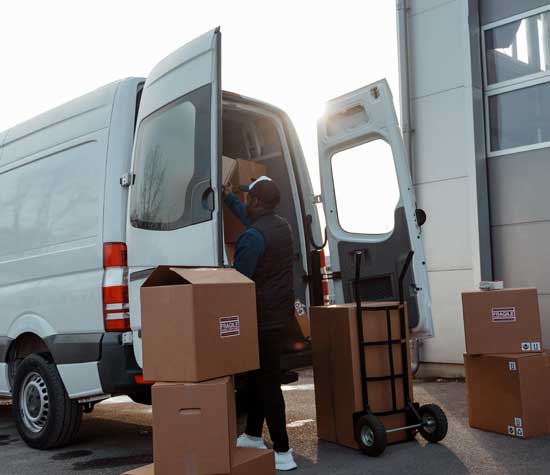
| RISKS | ASSOCIATED CONTROL MEASURES |
| Unstable loads - if equipment is not stacked properly in the vehicle there is a risk of it moving whilst the vehicle is in motion. This may injure the driver/passenger or may fall when the doors of the vehicle are opened for unloading |
|
| Back Injury - due to incorrect lifting techniques |
|
Moving Equipment to Site
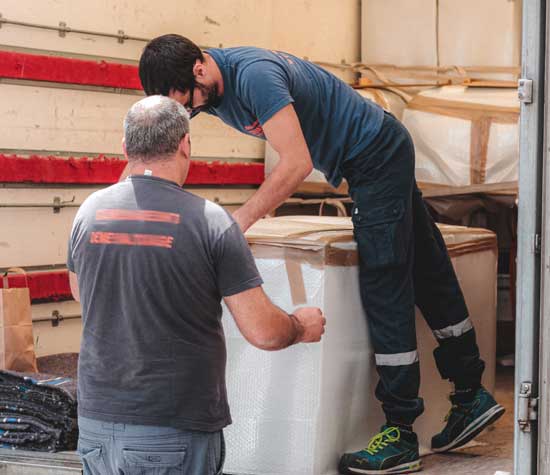
| RISKS | ASSOCIATED CONTROL MEASURES |
| Back Injury - due to incorrect lifting techniques |
|
| Back injury - due to incorrect carrying techniques |
|
| Injury to arms and hands - strains, sprains, breaks, cuts and graze |
|
Chemical / Biological
Reagents
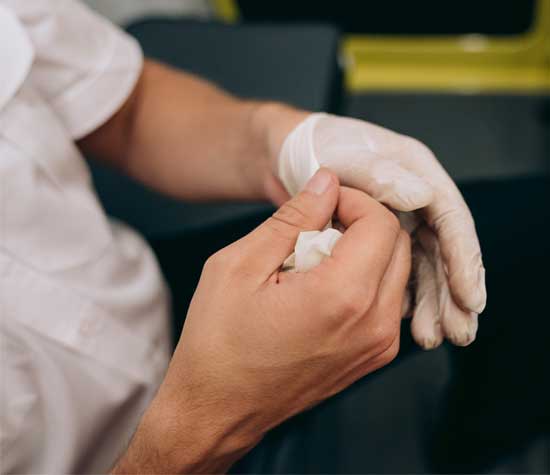
| RISKS | ASSOCIATED CONTROL MEASURES |
| Risk of personal injury/long term health effects |
|
| Risk of environmental damage due to inappropriate disposal |
|
| Risk of endangering other people's health and safety |
|
Argo-chemicals
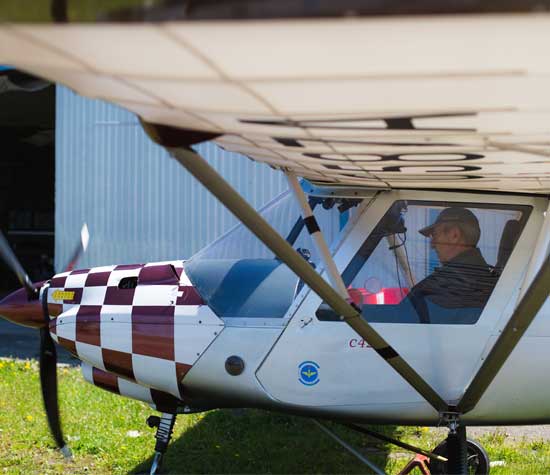
| RISKS | ASSOCIATED CONTROL MEASURES |
| Crop spraying - Risks of poisoning due to ingestion and absorption of agrochemicals including organophosphates. |
|
| Plants and Soils - may be contaminated with chemicals. Risk of ingestion and absorption through skin. |
|
Pathogens

| RISKS | ASSOCIATED CONTROL MEASURES |
| Health risks from working in aquatic environments |
|
| Health risks from miscellaneous sources |
|
| Risks from agricultural diseases |
|
Plants

| RISKS | ASSOCIATED CONTROL MEASURES |
| Associated risks |
|
| Risk of Poisoning |
|
| Cuts and grazes |
|
Working Near Water
Working Near Water
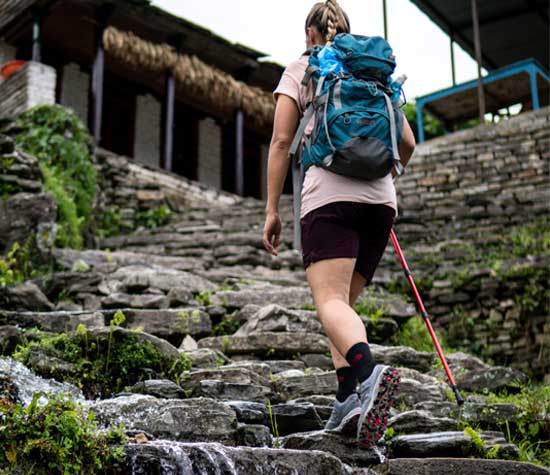
| RISKS | ASSOCIATED CONTROL MEASURES |
| Slips, trips and falls |
|
| Risk of being swept away by large waves/fast currents |
|
| Associated Risks |
|
Lone / Out of Hours Working
Miscellaneous Hazards

| RISKS | ASSOCIATED CONTROL MEASURES |
| Difficulties in summoning help when required; risk of abuse/attack |
|
Traveling Alone
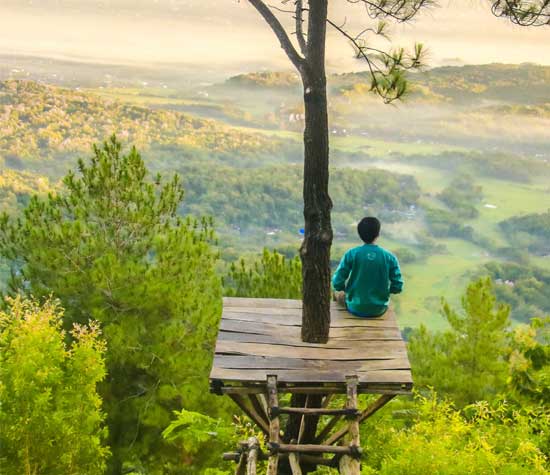
| RISKS | ASSOCIATED CONTROL MEASURES |
| On foot - risks of personal attack/abuse |
|
| By Car |
|
Staying in Hotels

| RISKS | ASSOCIATED CONTROL MEASURES |
| Risks to personal safety |
|
Health
Accidents
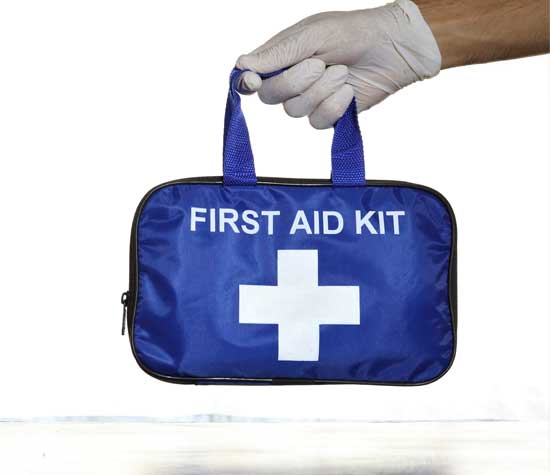
| RISKS | ASSOCIATED CONTROL MEASURES |
| Risk of injury |
|
Medical Conditions and Fitness

| RISKS | ASSOCIATED CONTROL MEASURES |
| Risk of illness whilst in the field |
|
| Risks of Dental problems - it is often difficult to get dental treatment in remote locations! |
|
| Fatigue leading to lack of concentration, accidents and risk of injury |
|
| Lack of Physical Fitness - leading to risk of personal injury/illness |
|
| Mental Health and Self Care |
|
Known or Suspected Opiate Overdose
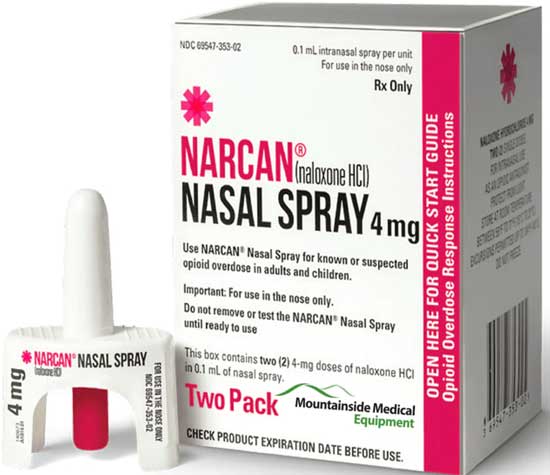
| RISKS | ASSOCIATED CONTROL MEASURES |
| Risk of health complications or death after opiate overdose |
|
Allergies
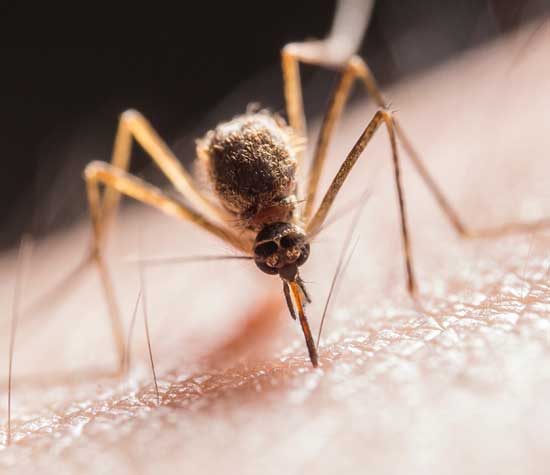
| RISKS | ASSOCIATED CONTROL MEASURES |
| Anaphylactic Shock - severe cases of allergic reaction can result in breathing difficulties |
|
| Some plant material may cause allergic reactions - Allergic reactions can cause discomfort and in severe cases anaphylactic shock. |
|
| Insect Bites and stings |
|
Food and Drink

| RISKS | ASSOCIATED CONTROL MEASURES |
| Lack of food and Drink - various risks including dehydration, fatigue, fainting etc. |
|
| Alcohol - Risks of dehydration; inability to work efficiently due to hangover; in cold weather, alcohol consumption can lead to hypothermia |
|
| Miscellaneous Risks -Food poisoning, dehydration, allergies |
|
Equipment
Using Equipment
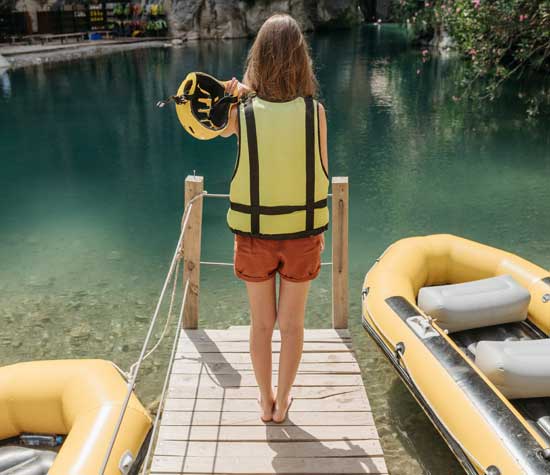
| RISKS | ASSOCIATED CONTROL MEASURES |
| Risks of personal injury, damage to equipment |
|
Equipment Failure
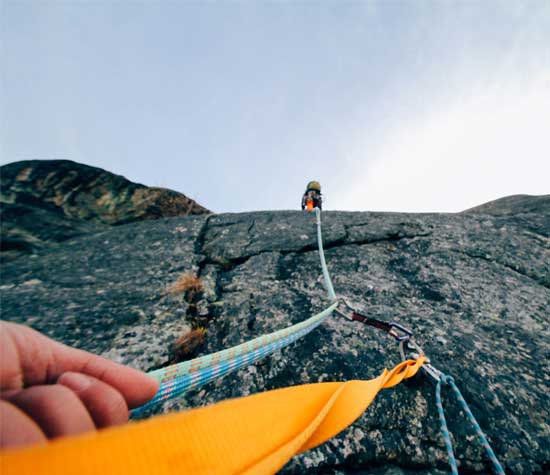
| RISKS | ASSOCIATED CONTROL MEASURES |
| Risk of personal injury/ injury to others |
|
Checking Equipment
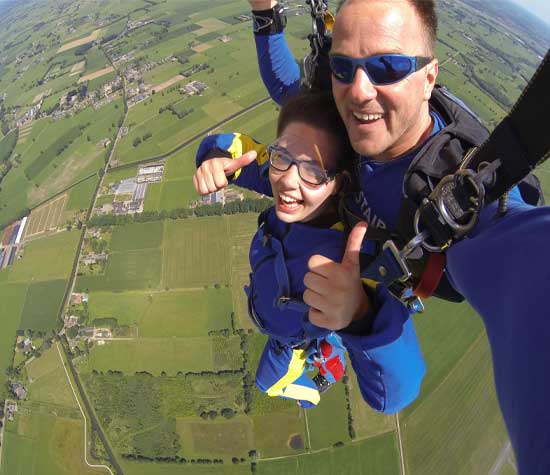
| RISKS | ASSOCIATED CONTROL MEASURES |
| Risks of personal injury/injury to others |
|
Dealing with the Public
Other People's Homes

| RISKS | ASSOCIATED CONTROL MEASURES |
| Associated Risks |
|
| Risk of personal attack/abuse |
|
| Causing offense, leading to abuse/attack |
|
Unexpected Behavior

| RISKS | ASSOCIATED CONTROL MEASURES |
| Risk of personal attack/abuse due to misunderstanding of nature of work. |
|
| Aggressive Behavior |
|
| Physical attack |
|
Dealing With Strangers

| RISKS | ASSOCIATED CONTROL MEASURES |
| Causing offense, leading to abuse/attack |
|
Public Places

| RISKS | ASSOCIATED CONTROL MEASURES |
| Causing offense, leading to abuse/attack |
|
Attitudes Towards Protected Characteristics
(LGBTQ/Gender/Age)
Legislative Barriers

|
Behavioral Barriers

|